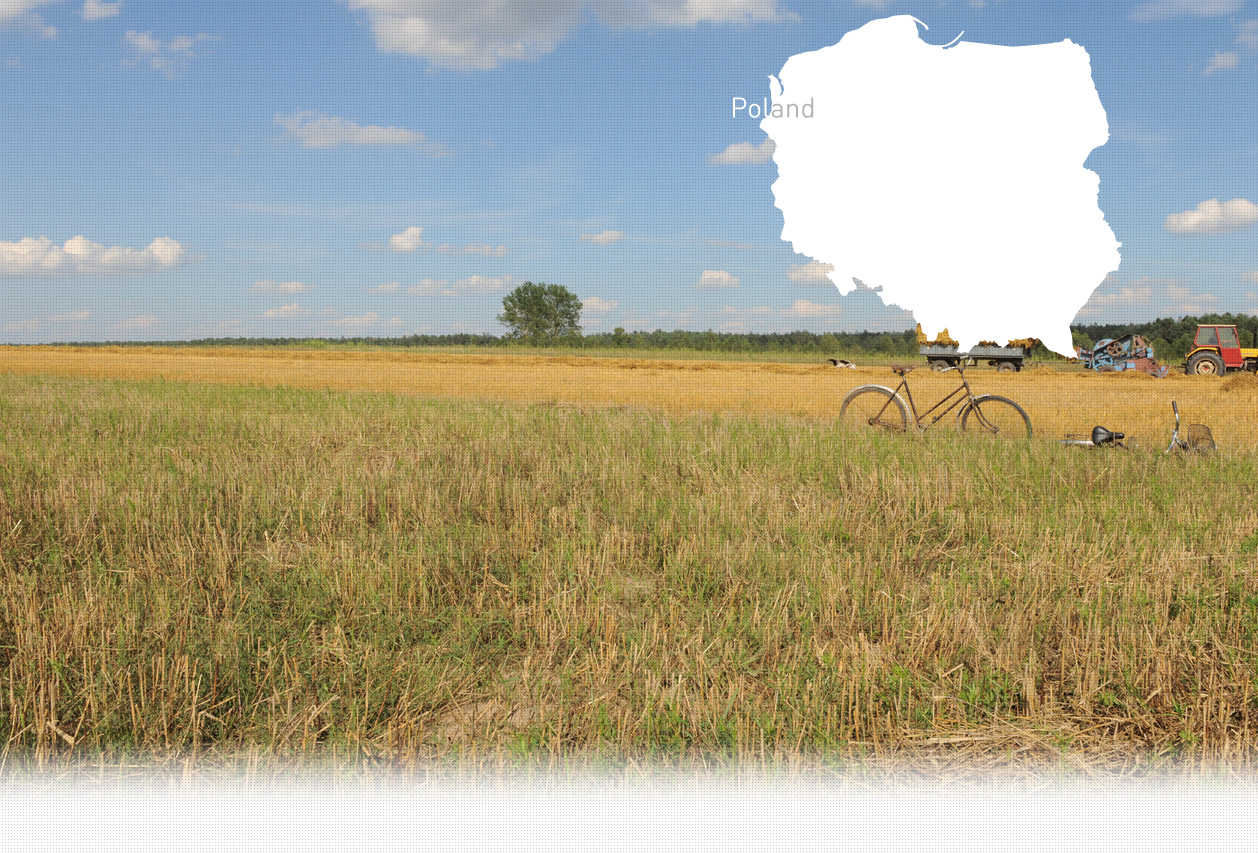

2 Sitio(s) de ejecución
Władysław O., born in 1935: "The Jews were shot at the edge of the forest. At that time, it was just bushes, but the forest has grown since. There were about fifteen of them, from Miedzna and other places. They had to dig several pits themselves. All of them were killed in one day, their bodies covered with sand, the ground leveled, and then the Germans drove away." (Testimony N°YIU484P, interviewed in Miedzna, on July 30, 2015)
"35 Jews shot in January 1943 in Piaski." [Court Inquiries about executions and mass graves in districts, provinces, camps and ghettos = Ankieta Sadow Grodzkich, 1945 Reel 14 File 44.]
Miedzna is a village in the Mazovian Voivodeship, Węgrów County, located along the Miedzanka River. The earliest historical mention of Miedzna dates back to 1441.
Jewish settlement in Miedzna grew during the 19th and early 20th centuries. By 1870, there were 92 Jews living in the village, a number that increased to 145 in 1874, 100 in 1890, 400 in 1921, and approximately 600 by 1939. The Jewish community maintained a house of prayer and played an important role in the local economy. They ran several businesses, including grocery stores owned by Ch. Celnikow, A. Goldsztejn, N. Szmklerz, and Zybernagiel; a dye works operated by P. Farbiarz; a tailoring workshop by P. Miljon; a dairy by Ch. Wajsberg; an oil press by D. Werner; a bakery by F. Erlich; and a windmill by M. Finkelsztejn.
Miedzna was occupied by German forces in September 1939. According to a Yahad witness, a German unit established barracks in the village.
In November 1941, approximately 302 Jews were deported to the ghetto in Stoczek. These individuals were later sent to the Treblinka killing center.
The Jews in hiding were progressively discovered and murdered over the following years. In the fall of 1943, an execution took place at the edge of the Miedzna forest. A Yahad witness described a shallow mass grave, measuring between 10 and 15 meters in length. The victims, including Jews from Miedzna and nearby areas, were forced to dig the grave themselves before being shot. According to sources, 35 individuals were murdered. Additional graves were reportedly at the site, though their exact locations remain unknown.
During the winter of 1943, another group of 10 Jews, both men and women, attempted to hide in a bunker concealed beneath a juniper tree planted in a small bucket in the forest. The bunker was solidly built and furnished, offering temporary refuge. To survive, the group resorted to stealing food, which raised suspicion among locals and alerted both Polish police and German authorities. The hiding place was discovered when traces in the snow led the German forces to its location. A grenade was thrown into the bunker, killing the seven individuals inside. A Yahad witness later identified the location, now marked by a hole in the ground where an oak tree grows.
¿Tiene información adicional con respecto a un pueblo que le gustaría compartir con Yahad?
Por favor contáctenos a contact@yahadinunum.org
o llamando a Yahad – In Unum at +33 (0) 1 53 20 13 17